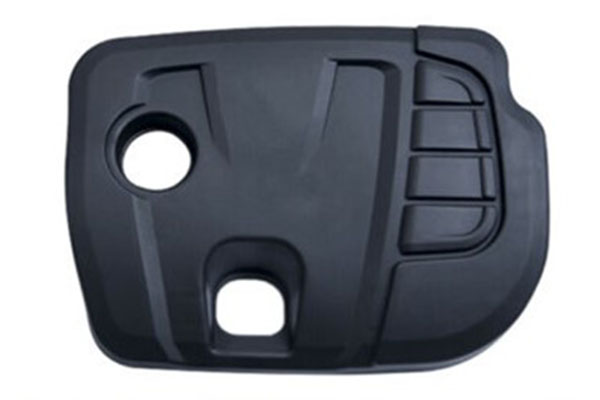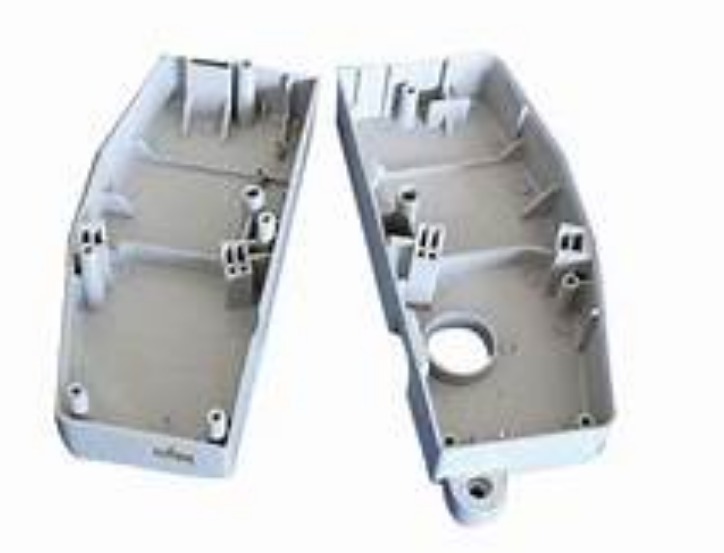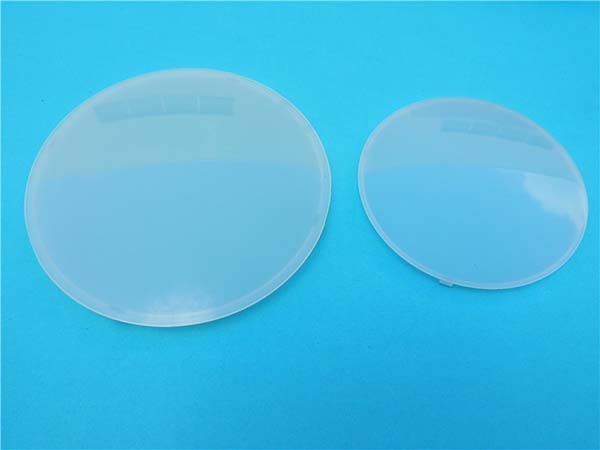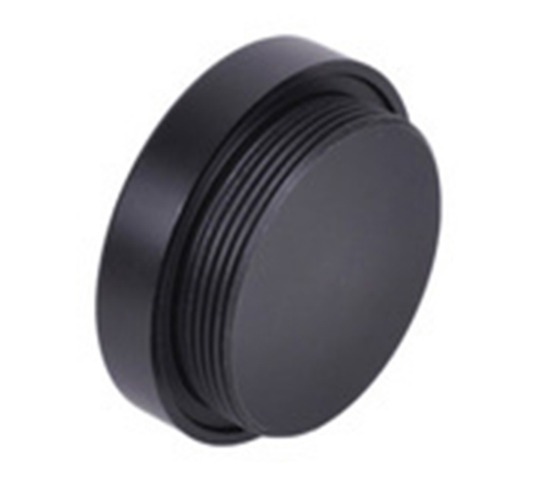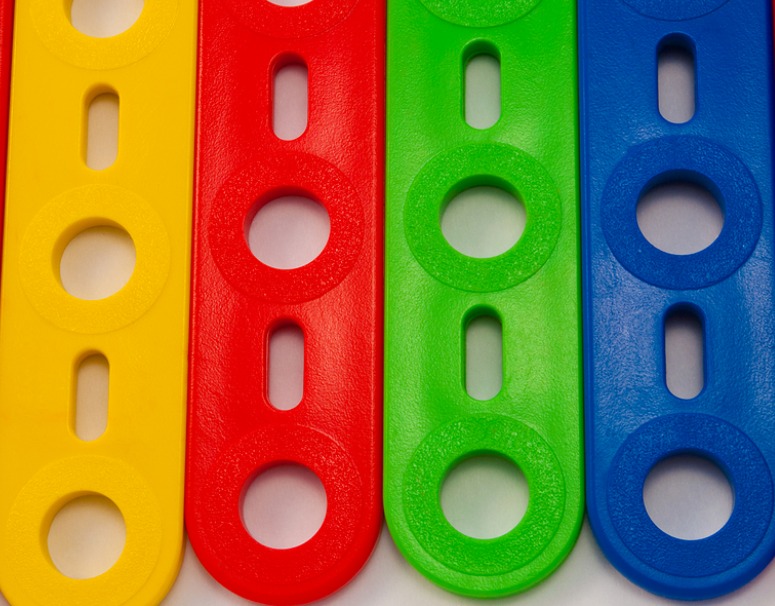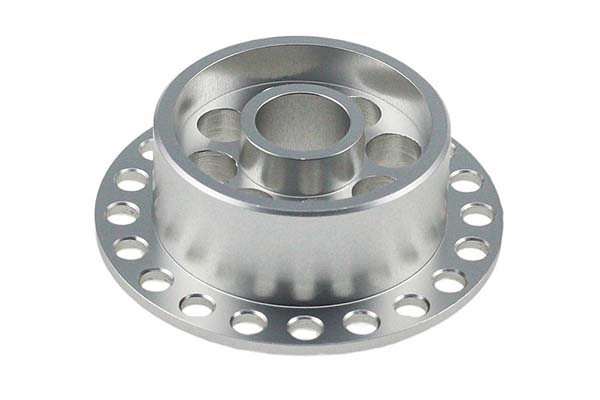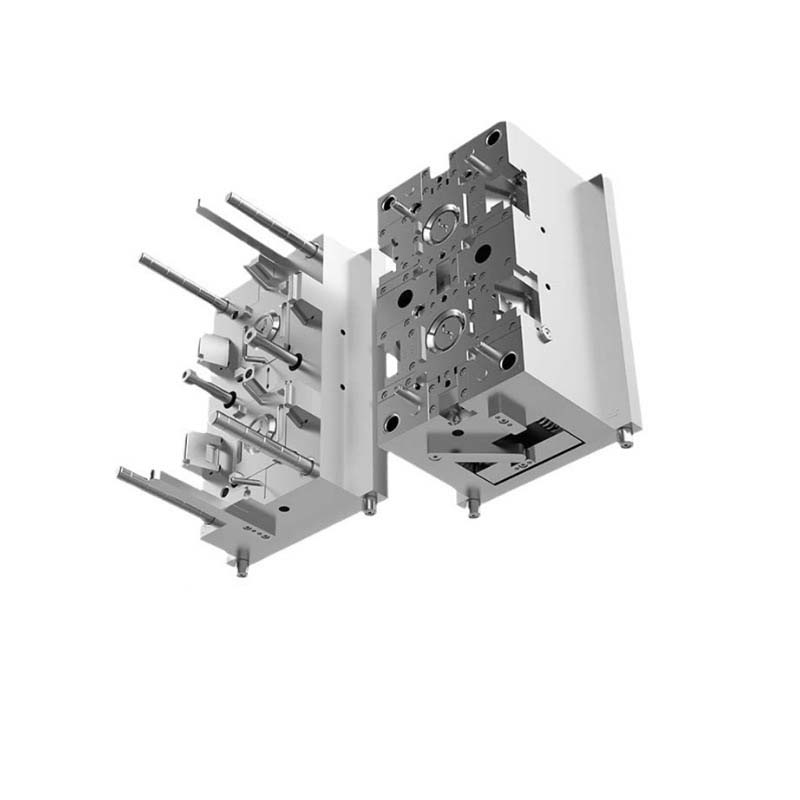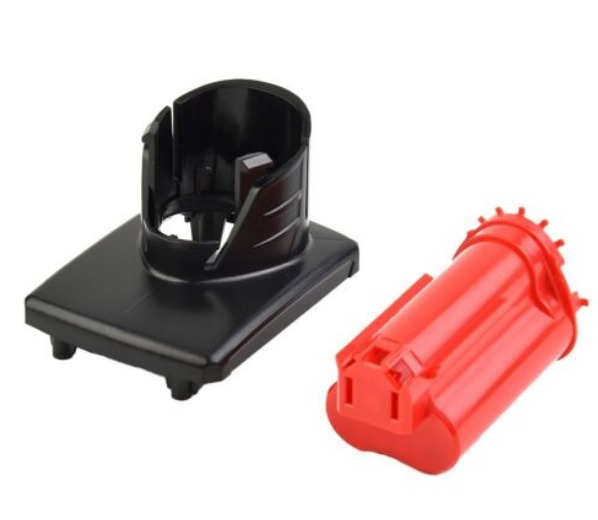Ioride (PVDF): A Practical Handbook
Introduction
Polyvinylidene Fluoride (PVDF) is a high-performance fluoropolymer valued for its balance of properties, but injection molding it comes with distinct challenges. Manufacturers often grapple with its high processing temperatures, which require specialized equipment. Ensuring consistent chemical resistance and mechanical strength in critical applications can be tricky, and its unique flow characteristics can lead to defects like warpage or voids. Additionally, handling PVDF properly to maintain its UV resistance and thermal stability adds another layer of complexity. This guide covers all aspects of PVDF injection molding to help overcome these issues.
1. Material Properties of Polyvinylidene Fluoride (PVDF)
PVDF stands out for its impressive high-temperature resistance, with a continuous operating range of -40°C to 150°C and short-term use up to 170°C. Its thermal stability ensures it retains properties even after prolonged exposure to these temperatures, making it suitable for demanding environments.
Chemical resistance is another key strength. PVDF resists a wide range of chemicals, including acids, bases, and solvents, though it is less inert than PTFE. It performs well in contact with fuels, oils, and many industrial chemicals, making it ideal for high-chemical-resistance applications.
In terms of mechanical properties, PVDF offers good mechanical strength with a tensile strength of 35-50 MPa, higher than most other fluoropolymers. It also has excellent creep resistance and impact resistance, especially in modified grades, allowing it to withstand repeated stress without deformation.
PVDF excels in electrical applications too, providing good electrical insulation and a low dielectric constant, which is stable across a wide frequency range. Its UV resistance and weatherability are exceptional—parts made from PVDF can last 20+ years outdoors without significant degradation. Additionally, it has inherent flame retardancy, meeting UL94 V-0 standards.
2. Injection Molding Process for PVDF
2.1 Critical Process Parameters
- Melt Temperature: PVDF processes at 230-270°C. Going above 290°C increases the risk of thermal degradation, which reduces mechanical strength and chemical resistance.
- Injection Speed and Pressure: Moderate injection speeds (20-40 mm/s) work best to avoid shear-induced degradation. Injection pressure ranges from 800-1200 bar, with higher pressures needed for thin-walled sections.
- Cooling Time and Cycle Time: Cooling time is 15-30 seconds due to moderate thermal conductivity. Total cycle times typically fall between 45-90 seconds, shorter than many other fluoropolymers.
2.2 Material Handling and Preparation
Drying requirements are important for PVDF, as it absorbs moisture. Dry at 120-140°C for 4-6 hours to reduce moisture content below 0.02%. Humidity control in storage is necessary—keep pellets in sealed containers with desiccants, and limit exposure to ambient air to 1 hour before processing.
High-temperature processing requires equipment with corrosion-resistant components, such as nickel-plated barrels and screws, to handle potential fluoride byproducts.
3. Mold Design for PVDF Molding
3.1 Key Design Features
- Venting Requirements: PVDF releases minimal volatiles but still needs proper venting. Vents should be 0.02-0.04 mm deep and 8-12 mm wide, placed at flow path ends and around ribs.
- Cooling Channel Layout: To prevent warpage, cooling channels should be 8-12 mm from the cavity surface with a diameter of 8-10 mm. Use a 1:1.5 ratio of channel length to diameter for efficient cooling.
- Draft Angles and Surface Finish: A draft angle of 2-3° per side is sufficient for ejection. A surface finish of Ra 0.8-1.6 μm works well, balancing release with part appearance.
3.2 Mold Materials and Systems
PVDF mold materials need to withstand moderate high temperatures. P20 steel is suitable for most applications, while H13 steel is better for high-volume runs. Hot runner systems can be used with PVDF, using stainless steel or nickel-alloy components operated at 240-260°C.
4. Quality Control and Defects in PVDF Molding
4.1 Common Defects and Solutions
| Defect | Cause | Solution |
| Warpage | Uneven cooling or mold temperature variation | Balance cooling channels; set mold temperature to 60-80°C |
| Voids | Moisture absorption or insufficient packing | Improve drying; increase packing pressure by 10% |
| Short Shots | Low melt temperature or inadequate speed | Raise melt temperature by 5-10°C; increase injection speed |
| Surface Defects | Contaminated material or rough mold surface | Use filtered feeding; polish mold to Ra 0.8 μm |
4.2 Quality Control Measures
Implement statistical process control to monitor parameters like melt temperature and pressure, with variations within ±2°C and ±50 bar. Mechanical property testing (tensile strength, impact resistance) should be done on 1 in 500 parts.
Dimensional accuracy is checked with CMMs, aiming for tolerances of ±0.05 mm for parts under 100 mm. Periodic chemical resistance testing with target fluids ensures performance integrity.
5. Applications of PVDF in Injection Molding
5.1 Key Application Areas
- Chemical Processing Equipment: Valves, pumps, and fittings benefit from PVDF's chemical resistance and mechanical strength, handling aggressive fluids in industrial settings.
- Water Treatment Applications: PVDF parts are used in filtration systems and piping due to resistance to chlorine and other water treatment chemicals.
- Electrical Components: Insulators, connectors, and cable housings leverage PVDF's electrical properties and flame retardancy.
- Aerospace Components: Lightweight PVDF parts with high strength-to-weight ratios are used in fuel systems and wiring harnesses.
- Medical Devices: Some PVDF grades are biocompatible, used in fluid handling and diagnostic equipment due to chemical inertness.
6. Post-Processing and Finishing of PVDF Parts
6.1 Effective Techniques
- Machining and Trimming: PVDF machines well with carbide tools at 1500-3000 RPM. Coolant is recommended to prevent heat buildup and maintain precision.
- Adhesive Bonding: Surface preparation with plasma etching improves adhesion. Use epoxy or polyurethane adhesives cured at room temperature or 60-80°C.
- Heat Treatment: Annealing at 120-140°C for 1-2 hours relieves stresses, reducing warpage in tight-tolerance parts.
Yigu Technology, a custom manufacturing supplier in China, specializes in PVDF injection molding. We understand its unique processing needs, using precision equipment and strict quality control to produce high-performance PVDF parts. Our expertise supports industries like chemical processing, water treatment, and aerospace, delivering reliable components that meet demanding functional requirements.
FAQs
- How does PVDF compare to PTFE in chemical resistance?
PTFE offers broader chemical resistance, but PVDF is more resistant to some solvents like ketones and esters. PVDF also has higher mechanical strength, making it better for load-bearing applications.
- Can PVDF be used in food contact applications?
Yes, certain PVDF grades meet FDA and EU 10/2011 standards for food contact, making them suitable for food processing equipment like valves and conveyor components.
- What causes PVDF parts to lose UV resistance over time?
Improper processing (overheating) or contamination with additives can reduce UV stability. Using virgin PVDF and maintaining melt temperatures below 270°C preserves this property.
